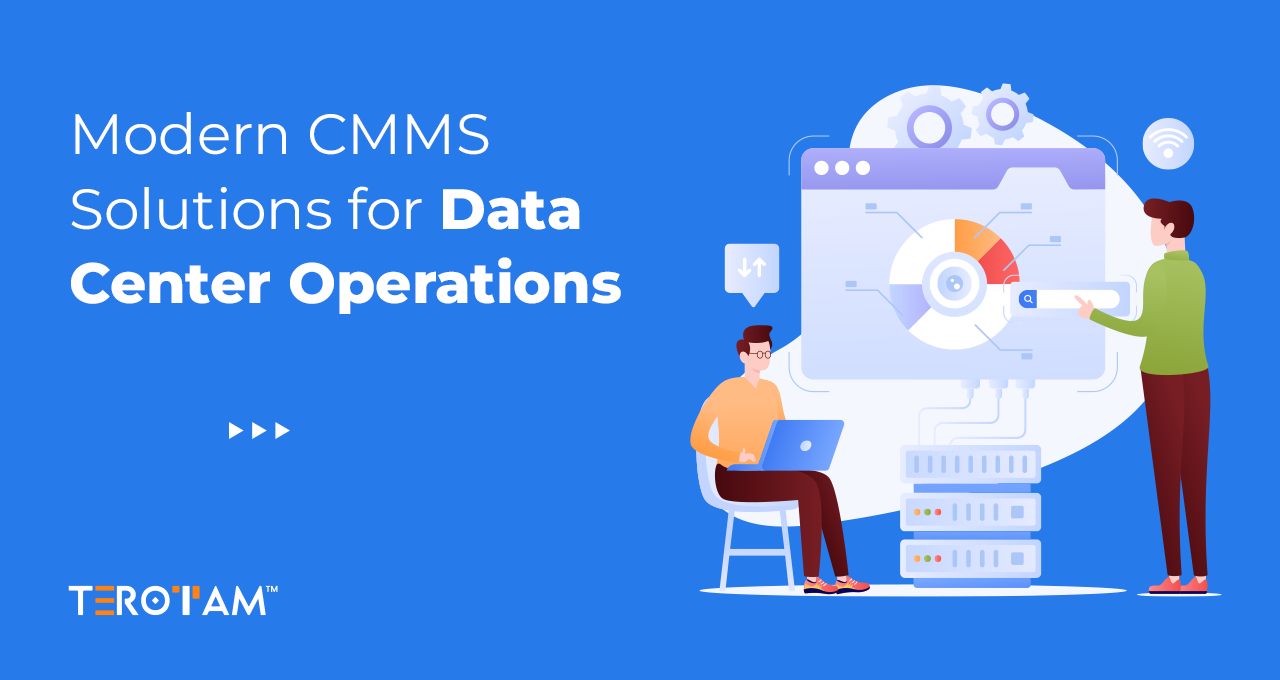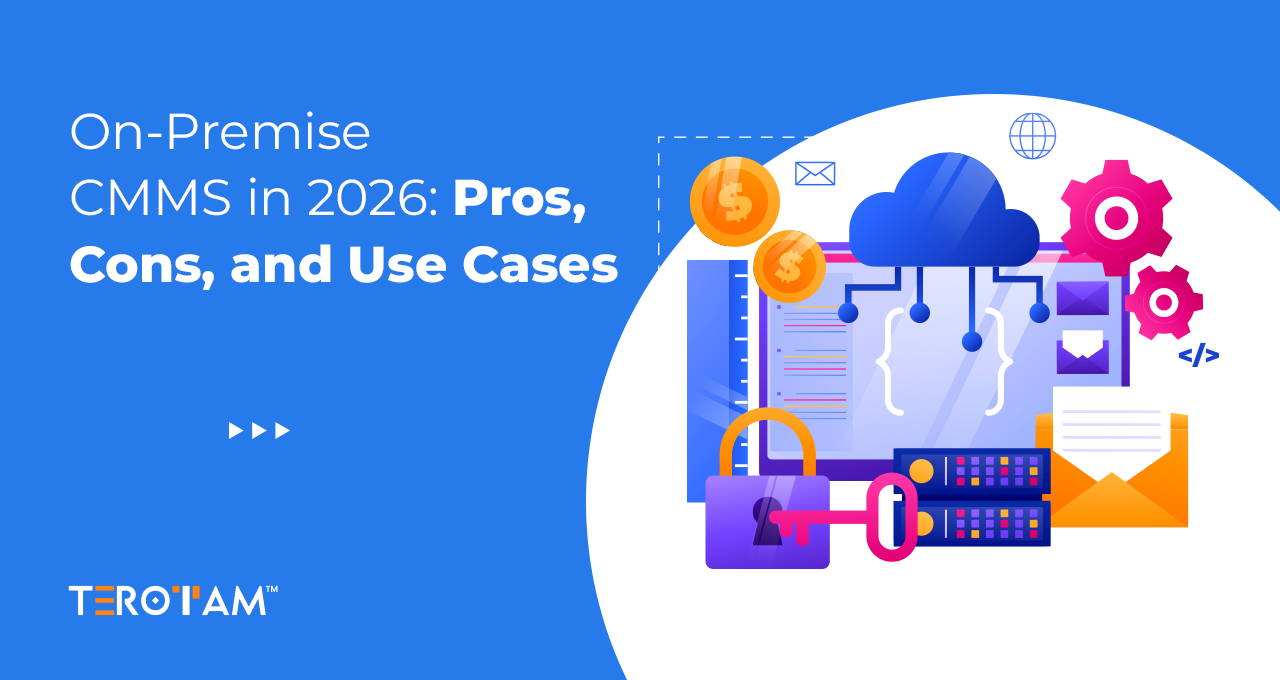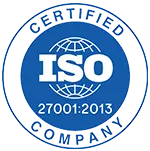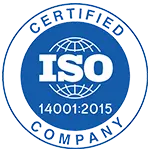Chemical manufacturing doesn’t leave much room for error. The processes are complex. The materials can be hazardous. The regulations are strict. And the cost of failure — whether in safety, compliance, or production — is high.
Yet, many teams are still managing maintenance the way they did ten years ago: with paper logs, scattered spreadsheets, memory-based scheduling, and a whole lot of crossed fingers.
It’s not because they don’t care. It’s because they’ve been making it work — until they can’t anymore.
The good news? You don’t need to overhaul your entire operation. You just need a better system to support the work you’re already doing. That’s where a CMMS comes in — not as a flashy tech toy, but as a practical, day-in-day-out tool that helps you stay in control.
Let’s walk through the real challenges — and how a CMMS actually solves them, without the fluff.
Why Are So Many Chemical Plants Still Running on Spreadsheets?
Because no one gave them a better option — at least, not one that actually worked on the plant floor.
It’s not laziness. It’s legacy. Most plants started with binders. Then moved to shared drives. Then built sprawling Excel sheets that five people update differently. And when someone pitched “CMMS,” it either:
- Required six months of IT setup
- Didn’t understand hazardous area classifications
- Couldn’t handle offline use in Zone 1 areas
- Felt like entering data into a black hole with no payoff
So you stuck with what you knew. And it worked — until it didn’t.
Now, you’re missing PMs because the spreadsheet wasn’t updated. You’re scrambling before audits because documentation is scattered. You’re explaining downtime because no one tracked the early warning signs. Your techs are frustrated. Supervisors are overwhelmed. Leadership is asking why maintenance costs keep climbing.
This isn’t failure. This is friction. And it’s fixable.
What’s the Real Cost of We’ll Fix It Later in Chemical Manufacturing?
Let’s stop talking in abstractions.
One unplanned reactor shutdown doesn’t just mean “we lost a shift.” It means:
- A $75,000 batch was ruined due to temperature drift
- A $25,000 expedited parts order because you didn’t have spares flagged
- 14 hours of overtime labor to restart and revalidate
- A delayed customer shipment triggering penalty clauses
- A safety review was conducted because the failure mode wasn’t documented
- An internal investigation is tying up three engineers for a week
Multiply that by how often it happens — monthly? Weekly? — and you’re not looking at an operational hiccup. You’re looking at a profit leak the size of a tanker truck.
The cost isn’t just financial. It’s reputational. It’s cultural. It’s the slow erosion of trust — from your team, your customers, your auditors.
You don’t need perfection. You need predictability. And that starts with visibility.
What Problems Can a CMMS Actually Solve in Chemical Manufacturing?
You don’t need another software pitch. You need proof — real, measurable, floor-level proof — that a CMMS will make your operation smoother, safer, and more predictable. The right system doesn’t add work. It removes friction. It turns scattered data into actionable insight, chaotic workflows into repeatable processes, and reactive firefighting into proactive control. In chemical industry— where precision, compliance, and uptime aren’t goals but requirements — that’s not optional. It’s operational survival.

A CMMS eliminates unplanned downtime by turning maintenance from reactive to predictive
.You know which assets are troublemakers. The agitator that throws a bearing every 11 months. The heat exchanger that fouls faster in winter. The pH sensor that drifts after 500 hours. The problem isn’t the equipment — it’s that no one’s connecting the dots because the data lives in notebooks, memory, or outdated spreadsheets.
With a CMMS, you track usage, conditions, and failure history — so you fix things before they break.
→ Schedule maintenance by runtime, cycles, or sensor thresholds — not calendar dates that ignore actual wear
→ Get automated alerts when vibration, pressure, or temperature trends cross warning levels
→ Calculate Mean Time Between Failures per asset — then investigate root causes: lubrication? Alignment? Operator error?
→ Reduce reactive work orders by 30–60% within 6–12 months — freeing your team for higher-value tasks
→ Forecast annual downtime costs by line or asset — so you can justify capex or process changes with hard data
A CMMS turns compliance from a scramble into a system that’s always audit-ready
Audit prep shouldn’t feel like finals week. But right now, it probably does — because your evidence is scattered across binders, emails, HR systems, and shared drives. Auditors don’t care how hard you worked. They care whether you can prove it — instantly, clearly, and completely.
A CMMS bakes compliance into your daily workflow — so nothing gets missed, and nothing gets lost.
→ Generate audit reports in minutes — filter by date, asset, technician, or standard (PSM, OSHA, ISO, EPA)
→ Attach digital checklists, photos, calibration logs, and approval signatures directly to each work order
→ Store SDS, permits, and procedure revisions linked to relevant assets — accessible during inspections without hunting
→ Maintain immutable audit trails — showing who did what, when, and from which device
→ Automatically flag overdue inspections or expiring certifications — so you fix gaps before the auditor walks in
→ Export all records as PDF or CSV with one click — hand over a USB stick and watch their stress disappear
A CMMS hardwires safety into every task — so it can’t be skipped or forgotten.
You’ve trained your team. You’ve posted the rules. You’ve done the drills. But near-misses still happen — because in the heat of production, under shift changes or time pressure, steps get skipped. Not out of negligence. Out of friction.
A CMMS makes safety non-negotiable by embedding it into the workflow itself.
→ Require mandatory safety verifications before closing any work order — LOTO, atmospheric tests, PPE checks, supervisor sign-off
→ Trigger automatic safety inspections for high-risk zones — daily for reactors, weekly for solvent storage, post-maintenance for confined spaces
→ Log near-misses as formal corrective actions — assign owners, track root causes, verify preventive steps
→ Embed safety-critical steps into task templates — so they appear every time, for every relevant job
→ Include digital shift handover notes that carry open safety flags — eliminating “I thought you handled it” gaps
A CMMS gives you true cost visibility — so you stop guessing where your budget goes.
Right now, your maintenance budget probably looks like this: “$X allocated. $Y spent. Difference = shrug.” You’re not bad at finance. You’re blind. Without granular tracking, you can’t tell if you’re overspending on labor, getting ripped off by contractors, or replacing the wrong parts too often.
A CMMS turns maintenance from a cost center into a data-driven function.
→ Track total cost per work order — labor (by tech), parts (with vendor pricing), tools, contractor fees — not lump sums
→ Compare planned vs actual time and cost — revealing inefficiencies like “Why does this 1-hour PM always take 3?”
→ Benchmark technician performance — identify training needs or recognize efficiency leaders without micromanaging
→ Analyze failure costs by asset — make informed run/repair/replace decisions backed by real numbers
→ Forecast next quarter’s parts and labor needs based on historical trends — reducing emergency buys and stockouts
A CMMS removes daily friction for your team — so they can focus on real work, not admin chaos
Your technicians didn’t sign up to be clerks, coordinators, and documentarians. They signed up to fix things, keep things running, and go home knowing they did good work. But right now, they’re wasting half their day hunting manuals, waiting for approvals, re-doing work, or logging the same info into three systems.
A CMMS clears the noise — so your team can do what they do best.
→ Deliver mobile work orders with all necessary info attached — diagrams, torque specs, safety steps, parts lists, historical notes — accessible offline
→ Enable supervisors to assign work based on skill, location, urgency, and workload — not guesswork or favoritism
→ Provide real-time dashboards — so everyone knows what’s open, late, or blocked — without constant meetings or radio tag
→ Automate shift handovers — carrying open work and safety flags seamlessly between teams
→ Reduce average work order completion time by 25–40% — because techs spend less time searching and more time doing
→ Increase first-time fix rates — because they have the right info upfront, not after three callbacks
What Mistakes Do Chemical Plants Make When Choosing a CMMS?
You’ve seen demos. You’ve read brochures. You’ve sat through webinars. And you’ve probably walked away thinking, “This doesn’t feel like it was made for us.”
You’re not wrong.
Here’s where most plants stumble — and how to sidestep it:
- Choosing “industry agnostic” software
→ It won’t understand PSM requirements, MOC workflows, or hazardous area tagging
→ You’ll waste months trying to force-fit chemical processes into generic manufacturing templates
→ Look for vendors who can name three chemical customers off the top of their head — and mean it - Ignoring offline functionality
→ If your CMMS requires Wi-Fi to log a valve inspection in a Class I Div 2 area, it’s useless
→ Demand offline-first design — sync later, work now
→ Bonus if it works on ruggedized tablets or older Android devices — not just shiny iPads - Rolling it out as a top-down mandate
→ If techs and supervisors aren’t involved in selection and testing, adoption will flop
→ Run a pilot with your most skeptical team member — if they buy in, everyone will
→ Let users name fields, design checklists, suggest workflows — ownership beats compliance every time - Over-customizing before launch
→ Don’t try to rebuild your entire process in week one
→ Start with core functions: asset registry, PM scheduling, work order execution
→ Add complexity only after you’ve proven value — customization should evolve, not precede - Underestimating change management
→ Software doesn’t fail. People do — when they’re not trained, supported, or heard
→ Assign “CMMS champions” per shift — not managers, but respected techs
→ Celebrate small wins publicly — “Team B completed 100% of PMs this week using the new system”

Putting it to an end
Unplanned downtime, compliance scrambles, safety gaps, budget black holes, team frustration — these aren’t inevitable. They’re symptoms of a system running on memory, paper, and hope.
A purpose-built CMMS changes that. It doesn’t add complexity. It removes noise. It turns scattered actions into tracked processes, reactive fixes into scheduled work, and guesswork into data-backed decisions.
In chemical manufacturing, where precision and reliability aren’t optional, the right system isn’t a luxury. It’s the foundation.
To see how TeroTAM works in your environment — without demos that feel like sales pitches — email us at contact@terotam.com. We’ll walk you through what matters: your pain points, your workflow, your goals.








